One of nature’s most spectacular events
 April 24, 2017
April 24, 2017
By Gina Tan: The sky is dark and I hear thunder in the background. I wait enthusiastically for the divers from NParks to arrive before we can head out to Pulau Satumu. Today, 17th April 2017 is going to be a very special day for me; it’s my once in a lifetime opportunity to experience coral spawning in Singapore waters! We board the boat, and I sigh a quiet relief as I watch the thunderclouds move inland; this means we can go ahead with our dives!
Our boat journey takes about an hour and by the time we reach Pulau Satumu, the sky is clear and the sea is calm without much sea breeze as well. What perfect weather for night dives! Pulau Satumu is the southernmost islet of Singapore and Raffles Lighthouse is located there. Diving off the island is restricted and a permit from MPA is required to enter the waters the surround Raffles Lighthouse, up to a 300m radius. Above: Ominous clouds that thankfully cleared before our dive!
We setup our equipment and did a checkout dive before the sunset. Collin Tong from NParks laid the transect tapes at about 3-5m depth near the sea crust to serve as a guiding line. There were a total of 4 x 30m transect being laid, totally 120m in distance. The NParks divers have been laying the transect tapes at about the same place so that they can monitor the coral spawning activities at the same spot. Above: A tiny crab filters the water for planktonic food – it has filter-feeding arms instead of pincers.
Divers have been witnessing spawning corals over the past two days I was hoping to see it too. Many years of careful and committed research by marine scientists in Singapore have managed to identify the time that corals spawn in Singapore to a few days after the full moon in April every year. Without their hard work and the presence of healthy coral reefs like these here at Pulau Satumu, we would not have been able to study this unique event that only a few people in the world have ever had the chance to witness! Above: A cryptic Trapezia crab hides in the Acopora coral. Note that unlike the filter-feeding crab, the Trapezia has pincers! It uses these to pinch away at the fragile tissue of sea stars to prevent them from devouring its home coral.
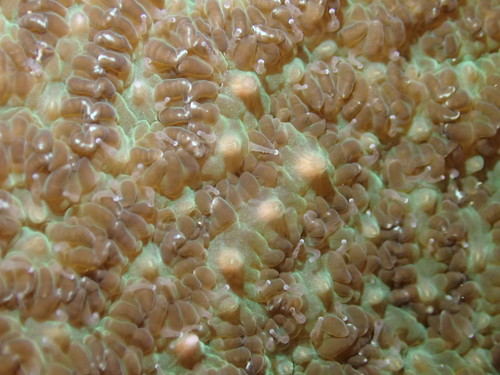
Our 2nd dive started at about 8pm. When we went into the water, we could see some coral egg bundles floating on the surface. The last 2 teams who went for 15th and 16th April dives, reported seeing the coral spawning starting as early as 8pm and recorded a few spawning at about 9:30pm. Vincent, my dive buddy and I quickly made a descent to the first transect tape and tried to spot hard coral spawning. Above: We begin to see signs of eggs waiting to break through the translucent skin of the coral polyps!
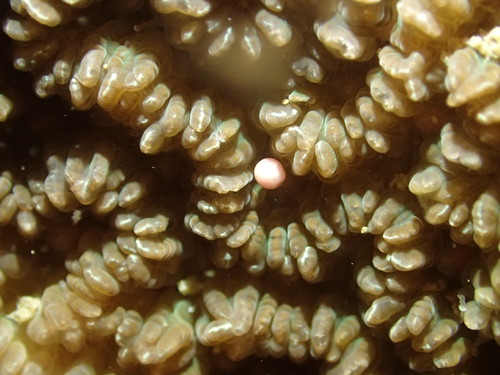
I must say, Youtube videos helped me a lot in identifying how a coral spawning looks like. I was able to recognise the pink egg bundles from the many videos I watched in Youtube and photos from Google search. I was lucky to have the Coral experts from Nparks onboard as well. Above: A sac full of tiny pink eggs emerges!
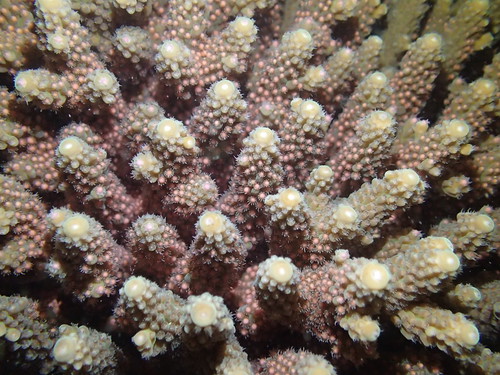
Karenne Tun from NParks spotted an Acropora spawning and signalled for us to go over. I was thrilled to see so many egg bundles waiting to be released to (hopefully) become new corals! 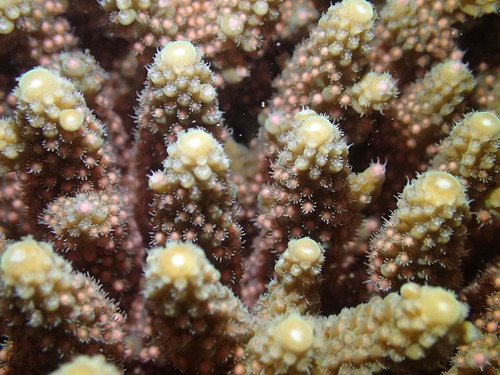
I also managed to spot some coral releasing the egg bundles by myself! Above: Acopora coral about to spawn!
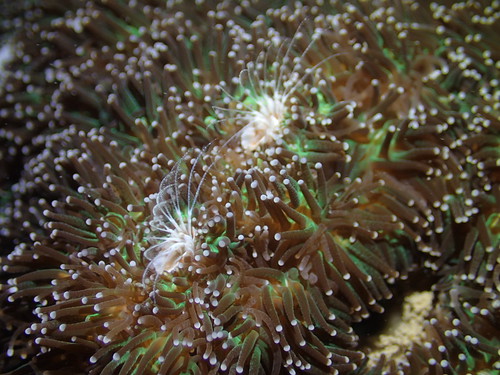
We also came across other interesting sea creatures: crabs, turtles and barnacles. Above: Filter-feeding barnacles.
It was definitely a memorable experience to dive in Singapore Waters witnessing one of nature’s most spectacular events: coral spawning. May our waters be blooming with many new coral colonies! I’m grateful for the invitation from NParks to join them for this dive trip! Watch Karenne’s video of the coral spawning!
![IMG_1493[1]](https://c1.staticflickr.com/5/4160/34188256736_fb6ed67217.jpg)
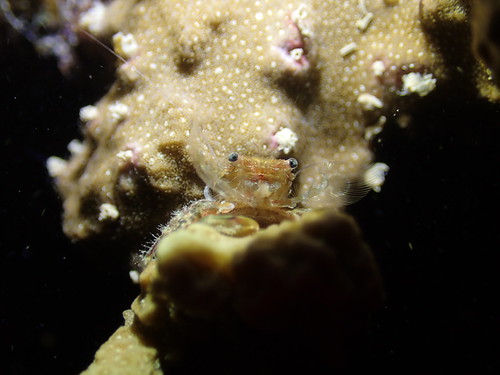
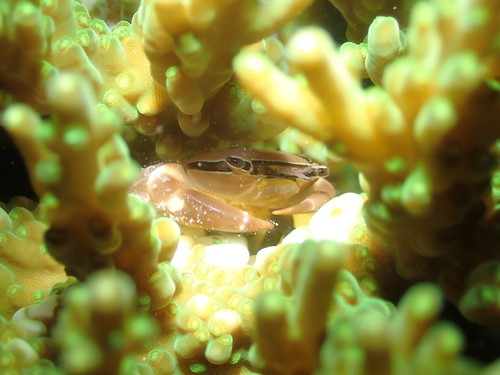
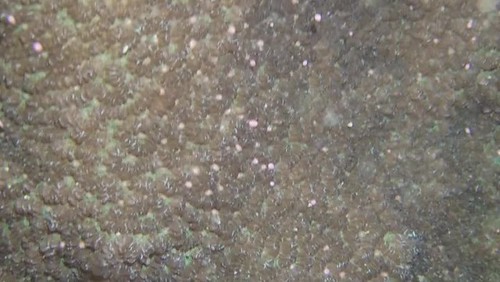
 Posted in
Posted in 



 content rss
content rss
COMMENTS